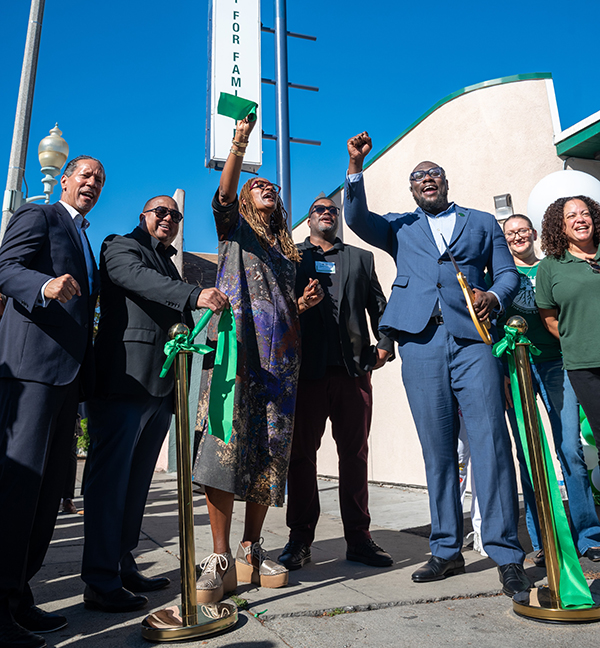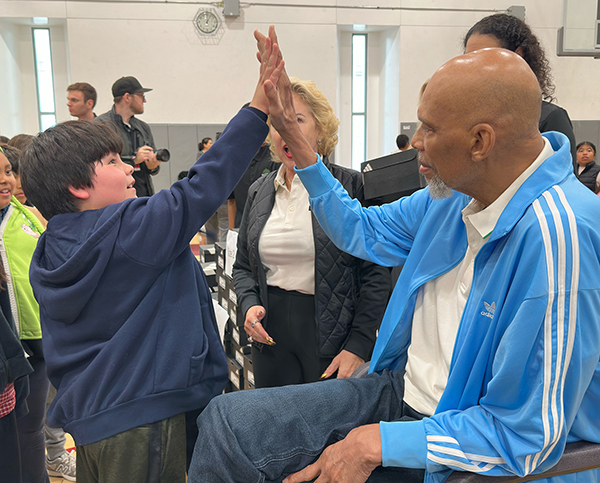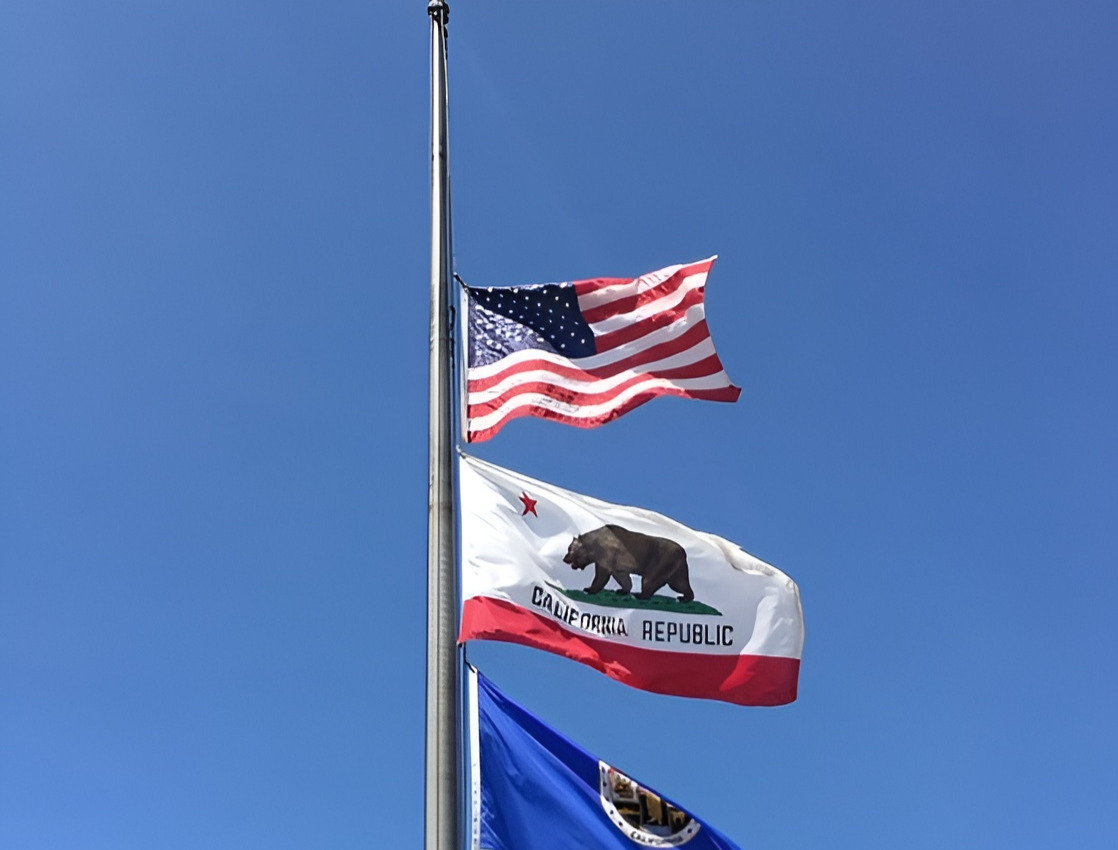South L.A. residents frustrated as new ‘parks’ mean more concrete, little shade

SOUTH LOS ANGELES — In 2016, Los Angeles County voters passed Measure A with the hope of transforming the region’s neglected parks.
Framed as a once-in-a-generation fix to decades of underinvestment, the parcel tax was designed to fund parks, open space and recreation facilities with a strong emphasis on equity — channeling resources to areas long deemed “park poor.”
Almost nine years later, in parts of South Los Angeles, residents say the results don’t match the rhetoric.
“We get more damn skate parks than we do shade,” said William Taylor, a longtime Watts resident. “They’re pouring concrete, not planting trees. If you want to see a skate park, go to Washington and Imperial. It’s all concrete. No grass, no shade, no beautification. That ain’t equity.”
Taylor pointed to Freedom Park in Jordan Downs as emblematic.
“They call it Freedom Park, but it looks like a drought-resistant desert. No trees. Just rocks and heat,” he said.
Taylor isn’t alone in his criticism. Tim Watkins, president of the Watts Labor Community Action Committee and a lifelong resident of the area, said the root problem goes deeper than landscaping decisions.
“We’ve proposed real green space on cultural grounds since the ‘60s,” Watkins said. “But land that was supposed to be parkland was sold under the table to politically connected developers — without any public input. That’s not just bad planning. That’s betrayal.”
Watkins cited the loss of the “Cultural Crescent” — a long-envisioned community park on historic grounds near the original Watts train station — as one example. Instead of honoring its intended use, he said, the land was sold for $1.7 million without notice to nearby landowners or the neighborhood council.
He blamed backroom political deals, citing former County Supervisor Mark Ridley-Thomas and real estate developer Thomas Safran by name.
Ridley-Thomas did not respond to requests for comment by press time, and his legal team could not be reached. Attempts to contact Thomas Safran & Associates were unsuccessful.
While Measure A was praised in a 2016 Los Angeles Times editorial as a model of equity and thoughtful governance, residents in South L.A. say its implementation has failed to deliver meaningful transformation. A review of public dashboards from the Regional Park and Open Space District shows substantial countywide spending — but few visible park upgrades in South L.A.
“The city planted trees on the curb,” Taylor said, “but they don’t trim them. They grow old and rot. One branch at Roy Rogers Park has been lying there for two weeks. Could’ve killed somebody.”
For Watkins, the systemic delay reflects deeper failures in urgency and political will.
“It’s not just about planting something for show. It’s about creating green space people can use — shade, walkways, places to breathe,” he said. “That hasn’t happened here.”
A spokesperson for Council District 10 noted that Measure A funds have helped add new playgrounds and resurfaced amenities at Queen Anne and Vineyard Recreation Centers. But neither Council District 9 nor the city Department of Recreation and Parks responded to detailed questions about how Measure A funding has been prioritized in South L.A.
In June, District 9 celebrated the opening of Inell Woods Park, named for a longtime community activist, on a vacant half-acre site at 87th Street and McKinley Place that was owned by the state Department of Transportation.
The park provides green space, a fitness area, a children’s playground, a community meeting spot, an environmental education site and a water quality improvement project, but Measure A funds weren’t part of the $3.1 million it cost to build the park.
Almost half the money — $1.3 million — came from a $1.3 million grant provided by Heal the Bay, an environmental nonprofit organization. The concept for the park began in 2008 and it took 17 years to get it completed.
But residents remain hopeful that change — and more parks — are coming.
Watkins is cautiously optimistic, crediting new leadership in the area — including Councilman Tim McOsker (District 15, which includes Watts) — for taking steps to reclaim and protect community land.
“We’re working to establish a community land trust so that the people can decide how their land is used,” Watkins said. “That’s real equity. That’s a future we can build on.”
As Measure A enters its ninth year, residents like Taylor are still waiting for visible change.
“We’ve been overlooked for decades. Now they say they got the funding, and we still waiting?” he said. “Man — this system is full of it.”
Stephen Oduntan is a freelance reporter for Wave Newspapers.





